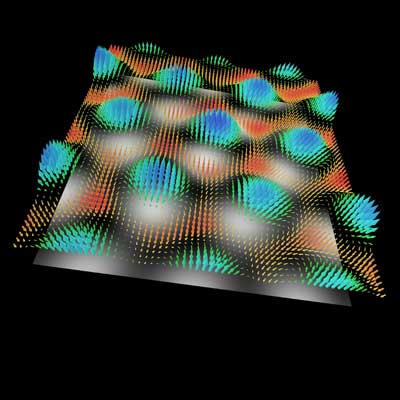Nano-optics – Bridging the Gap Between Classical Optics and Nanoscale Phenomena
Definition: Nano-optics is an innovative field of study that focuses on the behavior of light and the interaction of light with matter at the nanoscale, where the classical laws of optics start to blend with quantum effects. This field encompasses the study and manipulation of light-matter interactions below the diffraction limit of light, enabling the observation and engineering of optical phenomena at the nanoscale.

Understanding Nano-optics
Nano-optics, by bridging the gap between classical optics and nanotechnology, explores light at dimensions smaller than its wavelength. It leverages phenomena like plasmonics, near-field optics, and quantum optics to manipulate light at the nanoscale, overcoming the diffraction limit that restricts the focusing of light in conventional optics.
Nano-optics is often discussed in conjunction with nanophotonics, a related field that focuses on the behavior of light and the interaction of light with nanostructures. While nano-optics emphasizes the manipulation of light at the nanometer scale, nanophotonics extends this concept to include the study of optical devices that utilize nanoscale materials and phenomena. Together, these disciplines are driving innovations in areas such as high-efficiency solar cells, photonic chips for faster and more efficient data transmission, and highly sensitive sensors. The integration of nano-optics and nanophotonics principles is pivotal in advancing the capabilities of photonic and optoelectronic devices, marking a significant step forward in the development of next-generation technologies.
Principles and Techniques
Central to nano-optics are concepts like surface plasmon resonance (SPR) and scanning near-field optical microscopy (SNOM). SPR involves the resonant oscillation of conduction electrons at the interface between negative and positive permittivity materials, enhancing light-matter interactions at nanoscale dimensions. SNOM, on the other hand, allows imaging and spectroscopy with resolution beyond the diffraction limit by scanning a small probe over the sample surface.
Applications of Nano-optics
Nano-optics has broad and impactful applications:
- High-Resolution Imaging: Enables imaging beyond the diffraction limit, crucial for biological and materials science research.
- Optical Data Storage: Facilitates the development of high-density optical data storage solutions.
- Sensors: Enhances the sensitivity and specificity of optical sensors for environmental monitoring, medical diagnostics, and security applications.
- Photonic Devices: Drives the innovation in the design of photonic devices such as waveguides, modulators, and switches at the nanoscale for faster and more efficient optical communication systems.
Technological Advancements
The advancement in nanofabrication techniques, such as electron beam lithography and focused ion beam lithography, has propelled the development of nano-optical devices. Integration with other nanotechnologies and materials science has opened up new avenues for manipulating light at the nanoscale, including the use of metamaterials and 2D materials like graphene.
Challenges and Future Directions
Despite its potential, nano-optics faces challenges such as the complexity of fabricating nanostructures and the need for sophisticated instrumentation for observation and measurement. Ongoing research is focused on overcoming these hurdles, improving the efficiency of nano-optical devices, and exploring new phenomena for practical applications.
Key Takeaways
Nano-optics offers a fascinating glimpse into the interaction of light with matter at scales where classical and quantum mechanics converge. Its ability to control and manipulate light at the nanoscale holds promise for revolutionary advancements in technology and science.
Further Reading
Nano Letters, Nano-Optics in 2020 ?? 20
Frontiers in Chemsitry, The Development and Progression of Micro-Nano Optics
